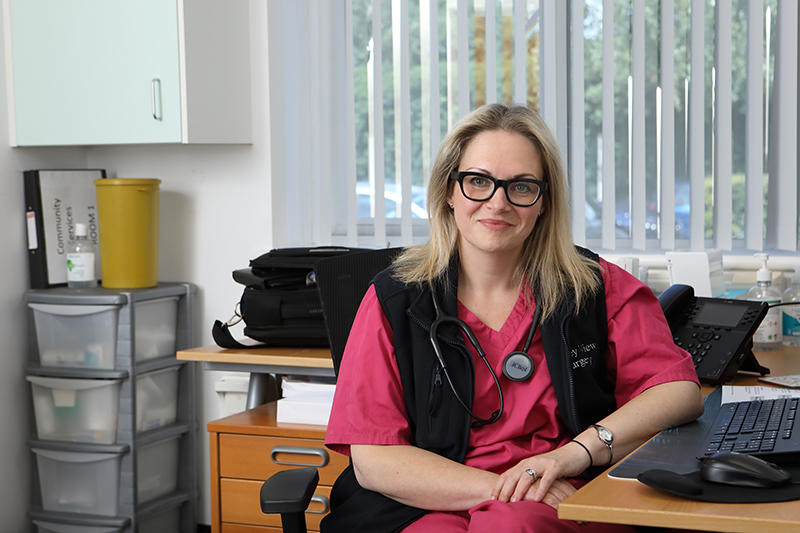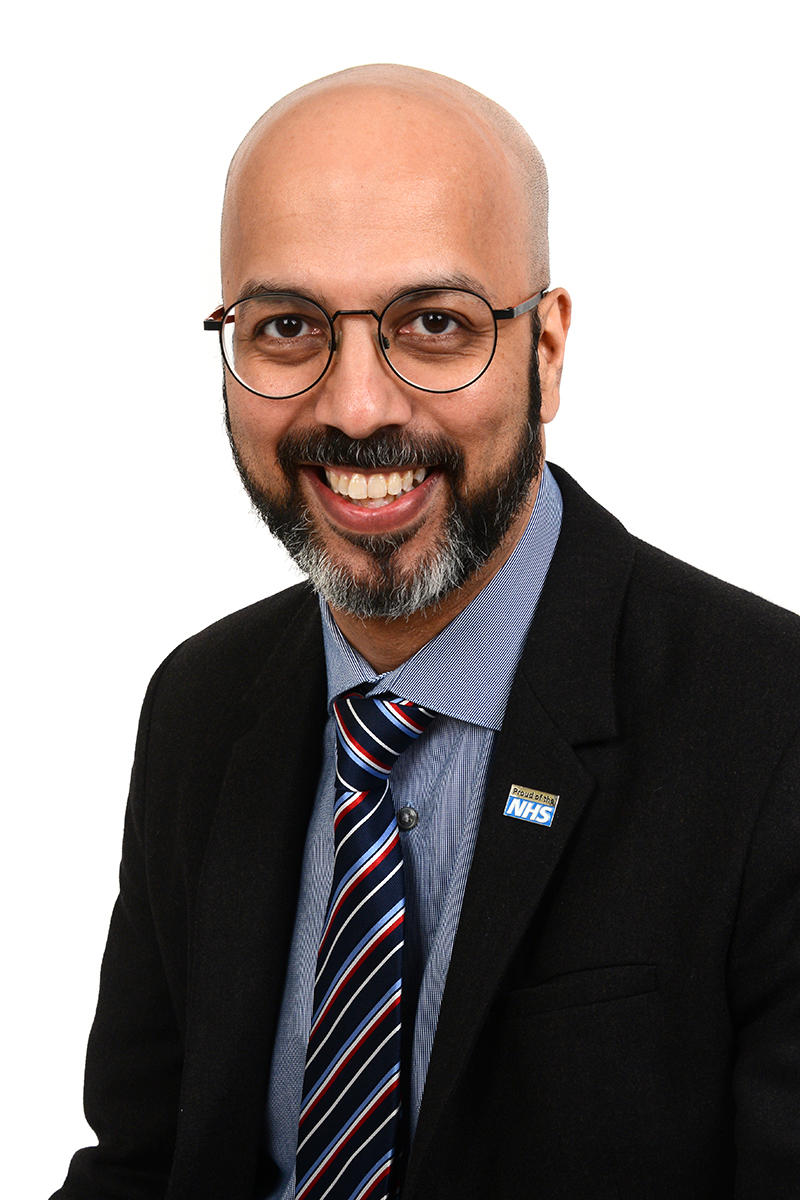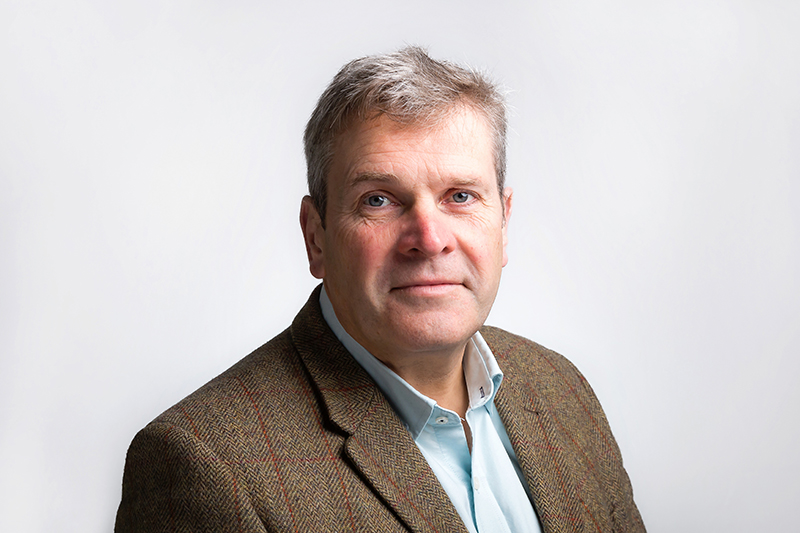Few would deny (Governments apart) that general practice is in crisis. Yet despite problems including a rising workload, recruitment and retention, and resources, there are inspiring examples of innovation in general practice which are making a huge difference to patients, GPs – and the health and care service as a whole.
Some of these are showcased in a new publication from the BMA. Exploring Innovation in General Practice highlights eight GP providers who are innovating with different models. It includes descriptions of innovations such as personal lists, working at scale, employee ownership, direct management, and chronic disease-focused care.
BMA GPs committee England chair Katie Bramall-Stainer says: ‘It’s so important to showcase examples of innovation and creativity that exist in general practice, when GPs and their teams are given the resources and autonomy to make decisions in the interests of their patients.
‘Our strength lies in our plurality and versatility. There isn’t a one-size-fits-all solution, just like there isn’t a one-size-fits-all doctor or patient. These examples might spark a thought or start a conversation. Take from them what you need, they’re not intended to be an instruction manual.
‘What we are saying is how productive general practice is as a sector of the NHS, and how innovative GPs and their teams can be given the right circumstances – evolving in different ways to deliver high-quality care and attract and retain staff.
 BRAMALL-STAINER: Investment desperately needed
BRAMALL-STAINER: Investment desperately needed
‘There’s only so much that GPs on the ground can do, which is why we desperately need the Government to properly invest in our profession. The imagination and the willingness to find solutions to the current GP crisis are already present in the workforce – what is needed is the resources, the contractual flexibility, and the political will to make them a widespread reality.’
Read the full paper. Here are two examples showing how GPs are leading change and using innovation to improve services – and their working lives.
Expanding local services in Kent
Faversham Medical Practice in Kent has radically bettered the range of health services available locally – vastly improving access for patients, as well as creating a more dynamic and exciting environment for doctors and other health professionals.
Gaurav Gupta, a GP partner at Faversham Medical Practice, and BMA GPC member for Kent, explains that it’s not always been an easy process – but that he believes the future is local.
‘We’ve been working on expanding the services in our community for more than a decade now. For a long time, services were being taken away from the town. The local hospital trust had reduced the number of outpatient clinics they were running, and we had a minor injuries unit which was under threat of closure. It would have been difficult for our patients to access services, so as a practice we decided to try and do something to save these services and bring more things into the town.’
 GUPTA: Services were being taken away
GUPTA: Services were being taken away
The practice has a list of around 14,000, served by six GP partners and five salaried GPs. In 2014, it took over the minor injuries unit and it has now been upgraded to an urgent treatment centre. The practice also provides outpatient clinics. ‘We provide services to help ease elective care pressures in the local hospital trusts, for example, hand surgery clinics, and we have recently started providing a full range of community eye services, like cataract surgery and wet AMD injections. We also provide X-ray services in collaboration with the local hospital trust.’
Patients love it, he says. ‘All of these services have been very, very popular and very well received. We get a lot of positive feedback, because for a lot of these things, if we didn’t do them, patients would have to travel quite a long distance to get the services.’
GPs appreciate it too, he adds. ‘It’s great for everybody, because patients get a local, quick service. For us, it’s much easier to get diagnostics done quickly, and we can access specialist advice from those who are working around us. We’ve had instances where someone is very unwell and we’ve been able to get an X-ray immediately and get them admitted to hospital, so it helps everybody.’
It also helps the wider health and care system, he adds, because the urgent treatment centre keeps people away from busy hospital emergency departments, for example.
The approach has had a positive impact on recruitment and retention, says Dr Gupta. ‘We are very fortunate because people want to come and work with our team. We routinely get approached by specialists and staff who want to work here – it’s never a dull place.’
Although it’s a great example of innovation in general practice, it hasn’t always been easy to achieve, says Dr Gupta. ‘The regulatory and procurement processes don’t make it easy for these kinds of innovative things to be done. One thing that would help this model flourish across the whole country is if the commissioners – NHS England and the integrated care boards – were more open to innovative ideas and not so fixated on what has been done before, which, to be honest, hasn’t worked terribly well.’
The future, he says, is more community-based services closer to patients and run by local stakeholders – but it also requires perseverance. ‘You have to keep going at it. We do all these things, and they’re lovely, and they’re creating a lot of interest now, but it’s taken us 15 years to get here. It’s hard work, but when you do get to where we are, and are providing the services, it’s very rewarding, so don’t give up.’
Working at scale in Herefordshire
Herefordshire General Practice (formerly Taurus Health), is a GP federation in Herefordshire, working across the county to deliver patient services directly and to support local GP practices and networks.
This includes providing out-of-hours services for all practices in Herefordshire as well as HR and BI (business intelligence) support.
Nigel Fraser, a GP partner at Wargrave House Surgery in Hereford, is co-founder and chair of the federation, and explains it came about initially because of an idea from the LMC.
‘It was really to enable the practices to come together to tender for contracts under the Health and Social Care Act, which had just come in. We thought we collectively could work and deliver on these contracts better than if we tried to do it individually.
‘We were also one of the prime minister’s challenge fund sites and developed a lot of the work around enhanced access. As time has gone on, we’ve taken over the out-of-hours contract, so we provide 24/7 general practice. This is something that would be too much for individual practices, but collectively, we’re able to deliver integrated out-of-hospital care.’
 FRASER: Able to recruit traditionally
FRASER: Able to recruit traditionally
This approach is good for patients and good for GPs, he says, because essentially the GPs working out-of-hours consider themselves ‘locums’ to each patient’s practice. ‘They do things like referrals, and acting on scans – things that traditional out-of-hours services wouldn’t do. There’s a proper hand-off.’
The federation, which collectively covers 190,000 patients, has developed over the last decade, says Dr Fraser. ‘The key to operating at scale is to continually reinvent yourself and make sure you’re still fit for purpose. We can do population health management at scale, collectively, and that makes great sense.’
Being able to harness the information from business intelligence tools is beneficial to individual practices as well as to the county as a whole. Creating and tracking data about what is happening in the out-of-hospital environment is a huge resource with many practical applications.
‘As an example, during and after COVID we had a surge of phlebotomy being pushed into practices with no extra resource. But we were able to ask the hospital to identify its phlebotomy budget and put it into a joint budget with us, so as the work has come across [to general practice] our share of that budget increases. You’re able to bring the resource with the work if you’ve got the data and it can be trusted.’
The federation has also repurposed some of the budget for health checks so that it can reach out to people who in the usual run of things wouldn’t come forward for their check. ‘It’s for reducing health inequalities, really,’ he says, explaining that in the first month, several homeless people were registered with practices and had their health checks done. ‘It’s small numbers, but it’s powerful in terms of reducing health inequalities.’
Practices in Herefordshire are some of the best performing in the country, he says, adding that he believes the federation supports the independent contractor model. ‘A few years ago, people were thinking that the GMS contract wasn’t fit for purpose because you couldn’t do these other “bits”.
‘But our model is that we are a collaborative – our practices are our own, but we come together as Hereford General Practice, and have one voice going out. But from a contractual point of view, the partnership model is strengthened because it can exist, and we can provide the other functions that the system needs.’
Recruitment and retention is good in Herefordshire, although he isn’t complacent. ‘I think we probably have more doctors per head of population than anywhere else in the country, but we know that the whole system nationally is creaking because of workload. We also have a workforce demographic that’s about to retire.
‘I don’t think the picture is rosy anywhere, but there are things that we’ve done that have helped us recruit where traditionally, some places wouldn’t be able to.’
This includes a virtual GP service provided to patients across Herefordshire – but the GPs don’t necessarily have to be based in the county to work for it. ‘We’re quite a rural area with a dispersed population, but the things that can be done on the phone are done on the phone to reduce people’s need to travel. And this also means we can flex resources around practices.’
Herefordshire is a good place to do general practice, he says, because it encourages innovation. ‘Everybody who goes into medicine wants to make a difference, and it’s really empowering if you are able to work with colleagues to deliver things in a new way. If you’ve got good people around you, and support to change and do things differently, then it’s definitely empowering rather than just trying to survive.’

